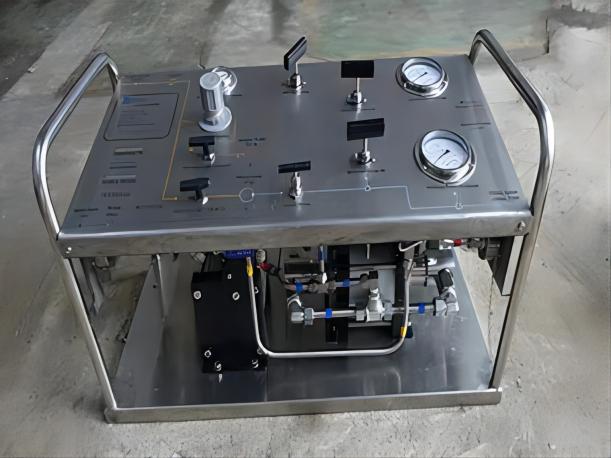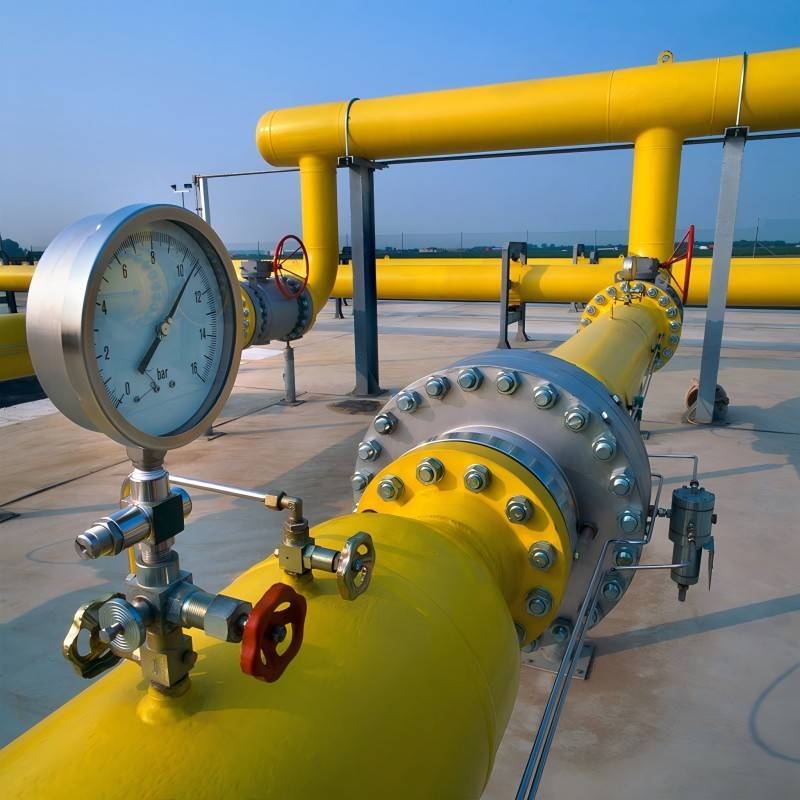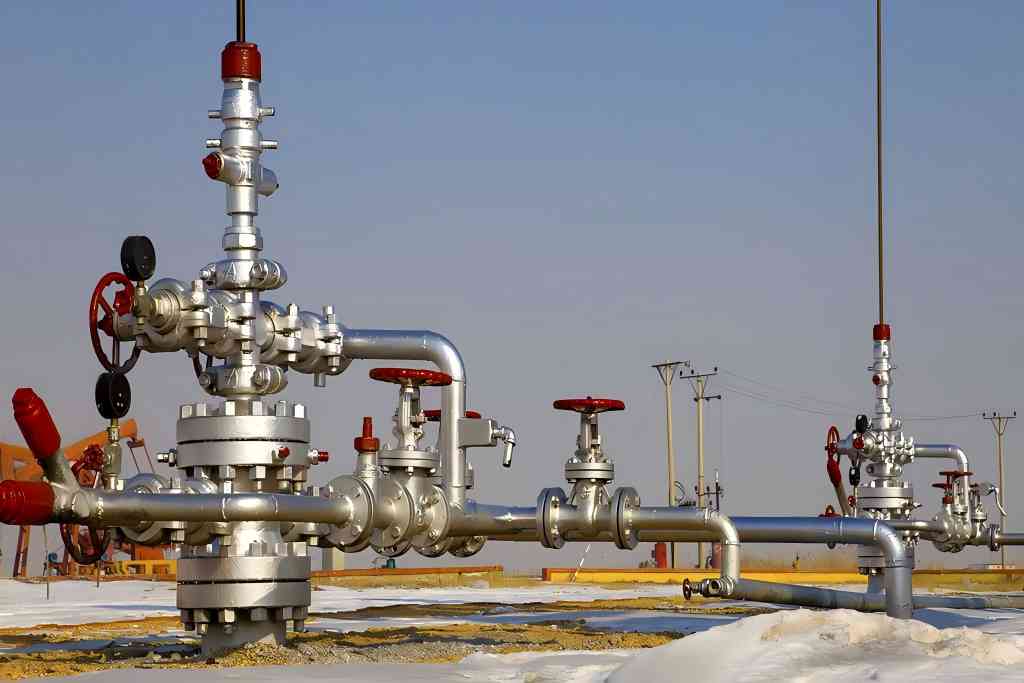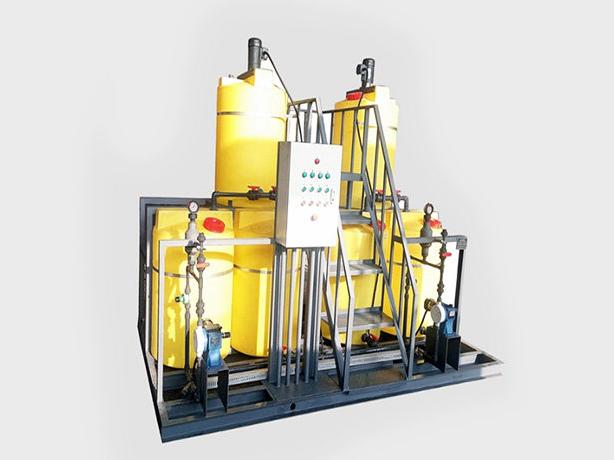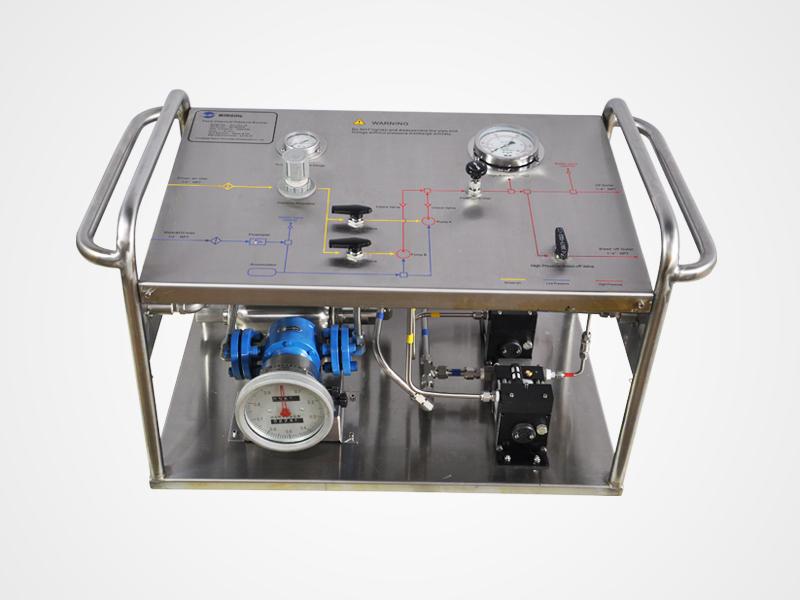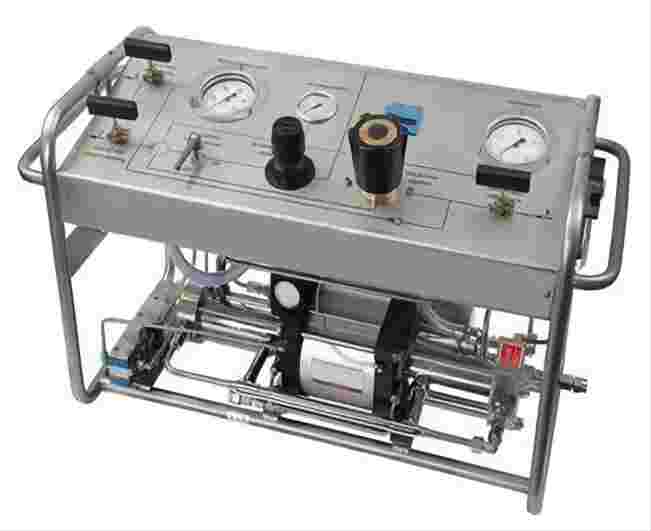Hydrostatic Test Pumps: Safeguarding Integrity through Pressure Evaluation
In the realm of pressure testing, the hydrostatic test pumps stand as a stalwart tool, ensuring the safety and reliability of various materials and systems under high-pressure conditions. From industrial pipelines to pressure vessels, the hydrostatic test pump plays a crucial role in assessing structural integrity and detecting potential weaknesses. This article delves into the fundamental principles, materials tested, purposes, and features of the hydrostatic test pump.
The Working Principle of Hydrostatic Test Pump
To grasp the intricacies of a hydrostatic test pump, one must delve into its fundamental working principle, which hinges on the remarkable discovery known as Pascal’s law. This law, named after the French mathematician and physicist Blaise Pascal, states that when pressure is applied to a confined fluid, it transmits that pressure undiminished in all directions. This phenomenon forms the bedrock of hydraulic systems and plays a pivotal role in the operation of hydrostatic test pumps.
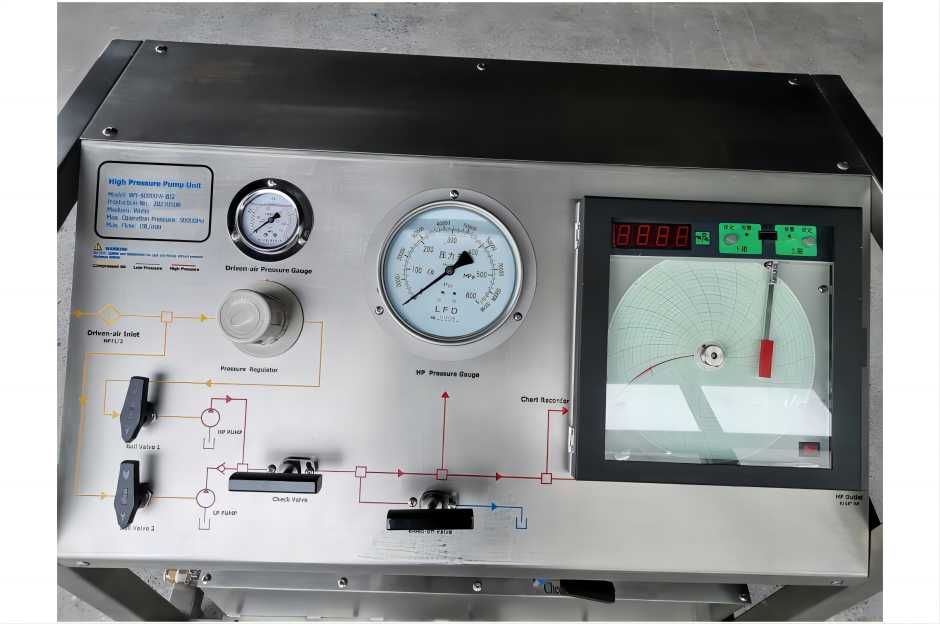
When a hydrostatic test is performed, the test pump utilizes this principle to subject various materials or systems to elevated pressures. The process involves filling the object or pipeline with an incompressible fluid, often water, and then gradually increasing the pressure using the test pump. As the pressure mounts, it gets uniformly distributed throughout the fluid and consequently applies equal force to all surfaces within the confined space. This mimics the stress conditions that the material or system would encounter during its regular operation.
The real magic of the hydrostatic test pump lies in its ability to expose potential vulnerabilities that might otherwise remain concealed. As the pressure builds, any weak points, defects, or imperfections in the material’s structure become apparent. These could manifest as leaks, cracks, or deformations that indicate the material’s inability to withstand the designated pressures. By detecting these flaws early on, the hydrostatic test pump ensures that the tested object is safe, reliable, and fit for its intended purpose.
In essence, the working principle of the hydrostatic test pump is a testament to the interconnectedness of fluid dynamics and mechanics. It capitalizes on the remarkable property of fluids to transmit pressure uniformly, unveiling the hidden characteristics of materials and systems under rigorous stress conditions. Through this principle, hydrostatic test pumps act as sentinels of safety, providing a safeguard against potential hazards and ensuring that the engineered world stands strong against the forces it encounters.
What Kind of Materials Can Be Tested by a Hydrostatic Test Pump?
A wide range of materials can be subjected to hydrostatic testing. These materials include but are not limited to:
- Pipelines: Hydrostatic test pumps are frequently employed to test the integrity of pipelines, whether they are used for transporting water, oil, gas, or other fluids. Ensuring that pipelines can withstand the pressures they are subjected to is paramount to prevent leaks or ruptures.
- Pressure Vessels: Pressure vessels, used in various industries to store gases or liquids at high pressures, must undergo rigorous testing to avoid catastrophic failures. Hydrostatic testing helps identify potential flaws in welds, seams, or materials, ensuring that the pressure vessel is fit for operation.
- Boilers: In industries such as power generation, hydrostatic testing of boilers is essential to detect any weaknesses that could lead to steam or water leaks, which can have dire consequences in terms of safety and operational efficiency.
- Fire Extinguishers: Fire extinguishers are tested using hydrostatic pressure to verify their structural integrity and ability to contain the extinguishing agent under pressure.
- Cylinders: Cylinders used in various applications, such as gas storage or hydraulic systems, are also subject to hydrostatic testing to ensure they can withstand the pressures they encounter during their operation.
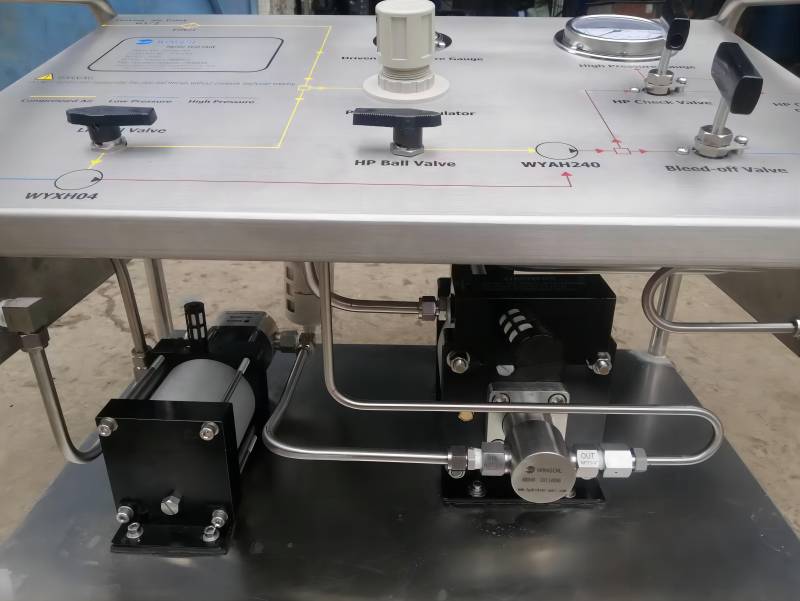
What Are the Purposes of Using a Hydrostatic Test Pump?
The utilization of hydrostatic test pumps serves several crucial purposes:
- Safety Assurance: The primary purpose of hydrostatic testing is to ensure the safety of personnel, the environment, and assets. Detecting potential failures in advance prevents accidents and reduces the risk of catastrophic incidents.
- Regulatory Compliance: Many industries are subject to regulatory standards that mandate regular pressure testing of certain equipment. Hydrostatic testing helps companies meet these requirements and maintain their operating licenses.
- Quality Control: Hydrostatic testing serves as a quality control measure during manufacturing and fabrication processes. It helps identify defects and flaws early on, reducing the likelihood of defective products entering the market.
- Equipment Reliability: By subjecting materials and equipment to pressures beyond their operating limits, hydrostatic testing provides insights into how these materials will perform under stress. This information is invaluable in predicting equipment reliability and planning maintenance schedules.
Features of Hydrostatic Test Pump
Hydrostatic test pumps are equipped with a variety of features that enhance their functionality and efficiency:
- Pressure Generation: Hydrostatic test pumps are designed to generate high-pressure fluids, which are then used to subject the test material to the desired pressure levels. The pumps can often be calibrated to deliver precise pressures.
- Pressure Control: These pumps offer the ability to control and maintain a consistent pressure level during testing, ensuring accurate and repeatable results.
- Safety Measures: Safety valves, pressure relief mechanisms, and pressure gauges are integrated into hydrostatic test pumps to prevent overpressurization, safeguarding both the pump operator and the test material.
- Portability: Many hydrostatic test pumps are designed to be portable, allowing them to be transported to various testing sites, including remote locations or construction sites.
- Versatility: Hydrostatic test pumps are versatile tools that can be used for a wide range of materials and applications, from small cylinders to large pipelines.
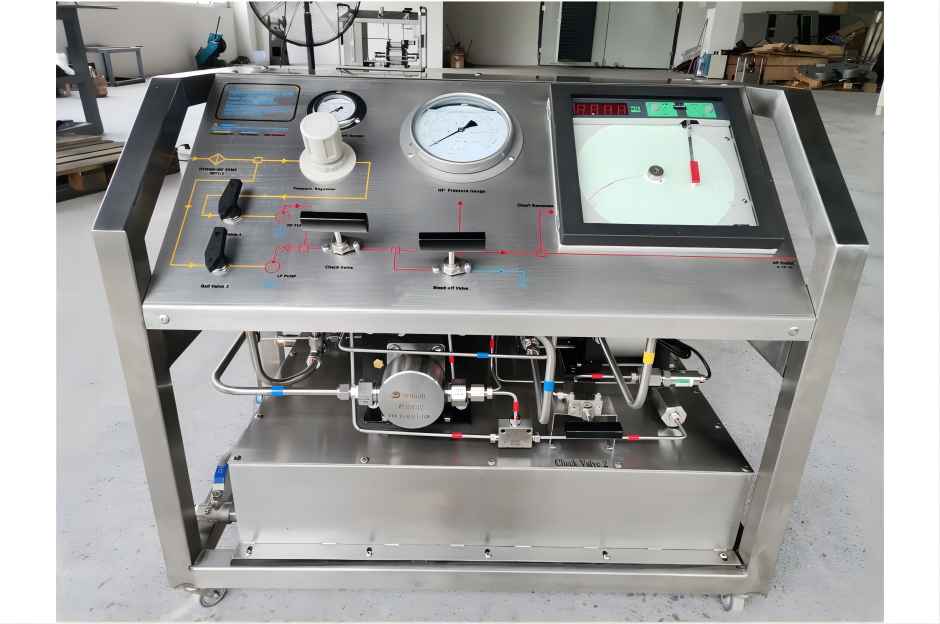
Summary
The hydrostatic test pump stands as a critical instrument for evaluating the integrity of various materials and systems. Operating on Pascal’s law, this device subjects objects to pressures beyond their operating limits to identify potential weaknesses. The materials tested by hydrostatic test pumps encompass pipelines, pressure vessels, boilers, fire extinguishers, and cylinders. The primary purposes of utilizing these pumps include ensuring safety, meeting regulatory standards, maintaining quality control, and predicting equipment reliability. Equipped with pressure generation, control, safety measures, portability, and versatility, hydrostatic test pumps continue to play an indispensable role in safeguarding lives, the environment, and valuable assets.

